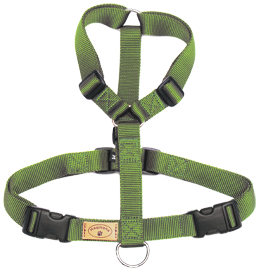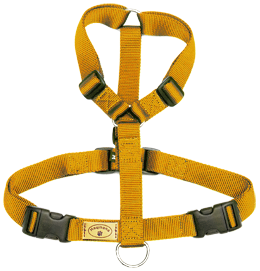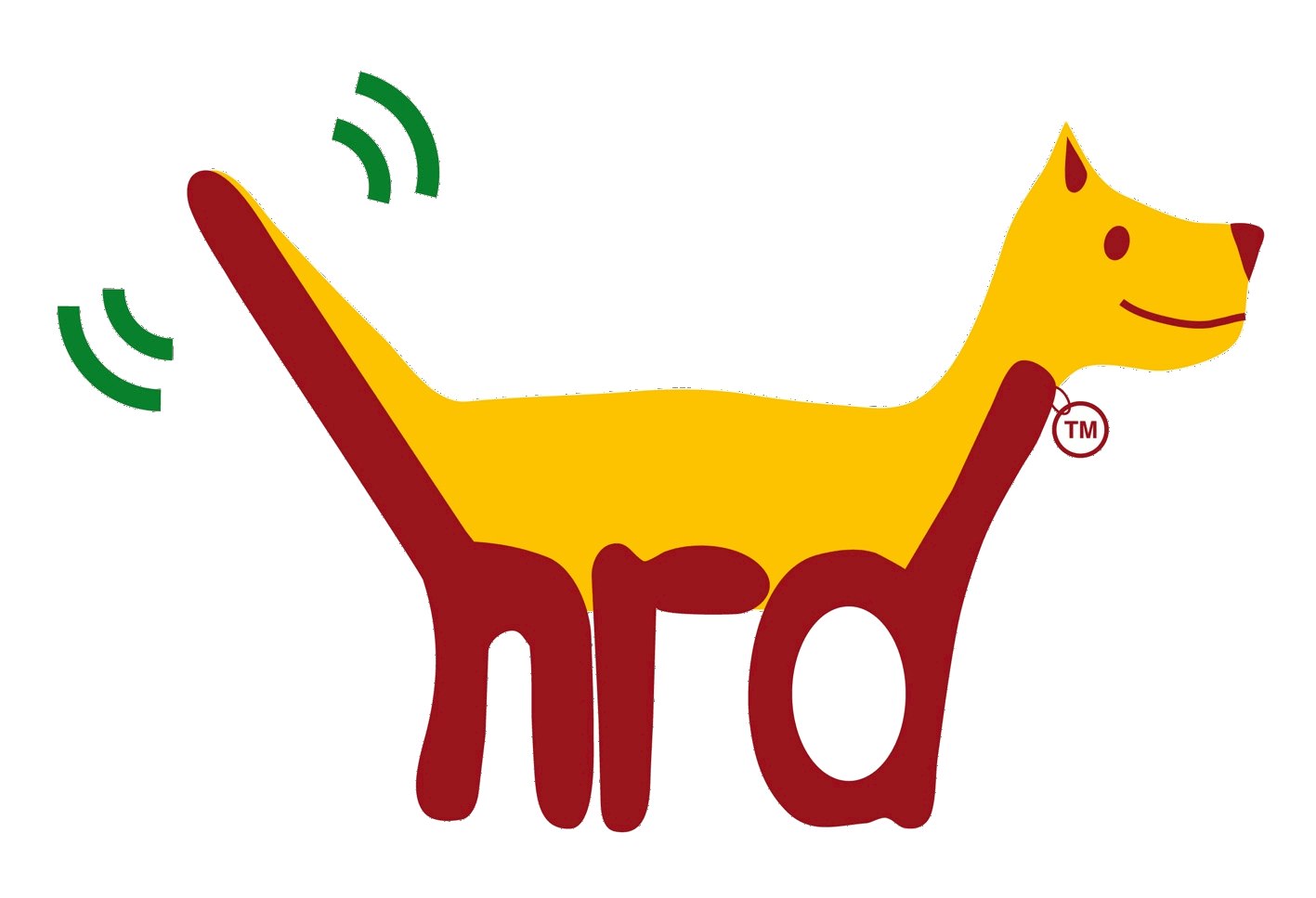Harness
Like many people I used to use slip leads – easy to pop on and off, just over the dog’s head and we could be away. I was not aware of the research that has taken place, this has encouraged me to switch to harnesses for my dogs, to which a long lead (minimum 3 meters) is attached. If you too, after reading the research below are keen to switch please contact us.
Brand new (17 April 2020) research by Nottingham University regarding collars.
What is under the collar
-
Back and Neck Injuries:
Just one incident of pulling or running fast to the end of the lead could potentially cause neck injuries. Such as bruising, headaches, crushed trachea, damage to larynx, whiplash and fractured vertebrae. In a study conducted by Anders Hallgren psychologist and animal behaviourist, he found that 91% of the dogs that had been pulled hard on the lead, or had themselves pulled hard, had back and/or neck problems. In many cases there were also various behaviour issues relating to these dogs.
-
Eye Issues:
In 2006, the Journal of the American Animal Hospital Association published a research paper entitled: “Effects of the Application of Neck Pressure by a Collar or Harness on Intraocular Pressure (the cavity behind the eye) in Dogs”. The paper concluded that based on the results of the study, dogs with a weak or thin cornea, glaucoma, or conditions for which an increase in IOP could be harmful should wear a harness instead of a collar, especially during exercise or activity.
-
Hypothyroidism:
The collar rests on the neck in the area of the thyroid gland. As Dr. Peter Dobias says in his article, “This gland gets severely traumatized whenever a dog pulls on the leash, it becomes inflamed and consequently “destroyed” by the body’s own immune system when it tries to remove the inflamed thyroid cells. The symptoms may be low energy, weight gain, skin problems, hair loss and a tendency to ear infections and organ failure.”
-
Malfunction of the nervous system in the forelimbs:
Another health issue that Dr. Dobias points out in his article on collars is the possibility of malfunction of the nervous system in the forelimbs. He states, “Excessive paw licking and foreleg lameness can also be related to your dog’s collar. Lead pulling impinges the nerves supplying the front legs. This can lead to an abnormal sensation in the feet and dogs may start licking their feet. These dogs are often misdiagnosed as allergic and all that needs to be done is to remove the collar and treat the neck injury.”
-
Behavioural Problems:
It is commonly believed that in all animals with a brain, behaviour is linked to health. In Anders Hallgren study published in “Animal Behaviour Consultants Newsletter” in 1992, he found correlations between injury and behaviour. Anders writes “A common cause of behavioural troubles in dogs is disease or pain. According to those who work with problem dogs, the most usual source of pain and disease is damage to the muscles and bones.” Anders study was focused on back injuries and it shows that there is a correlation between physical health and behavioural problems. Indeed, out of 400 dogs studied, 79% of the aggressive dogs had back problems and of the reserved/shy dogs 69% did.
How to correctly measure the size of your dog’s harness
To read “A myotherapist’s perspective on harnesses” by Julia Robertson, please click here and to see a pamphlet with more explanations on why your dog should wear a harness – please click here.

Why a Haqihana harness?
Careful scientific study of the harness has helped form the Haqihana design, which is adjustable in five places, ensuring optimal adaptability of the harness for dogs of all sizes and morphology.
Each Haqihana harness is handmade with great attention to detail in Italy. Both safety and comfort are of the essence and all parts are sewn with secure stitching. The webbing is made from a high tenacity, spun-dyed nylon that guarantees colour and resistance for a minimum of five years.
The harness does not cause pain or restrict the dog’s movements, nor does it cause friction on the dog’s skin.
The design, dimensions and position of the harness on the dog have all been studied in depth to guarantee maximum comfort in all situations. Even when pulling or jerking, or being restrained, pressure is on the dog’s thorax only. To see Haqihana harnesses please click here and open the PDF brochure.
Haqihana is the only harness endorsed and used by Turid Rugaas, so if you feel the time is right for your dog to have a harness please contact us.

How to correctly fit your dog’s harness
